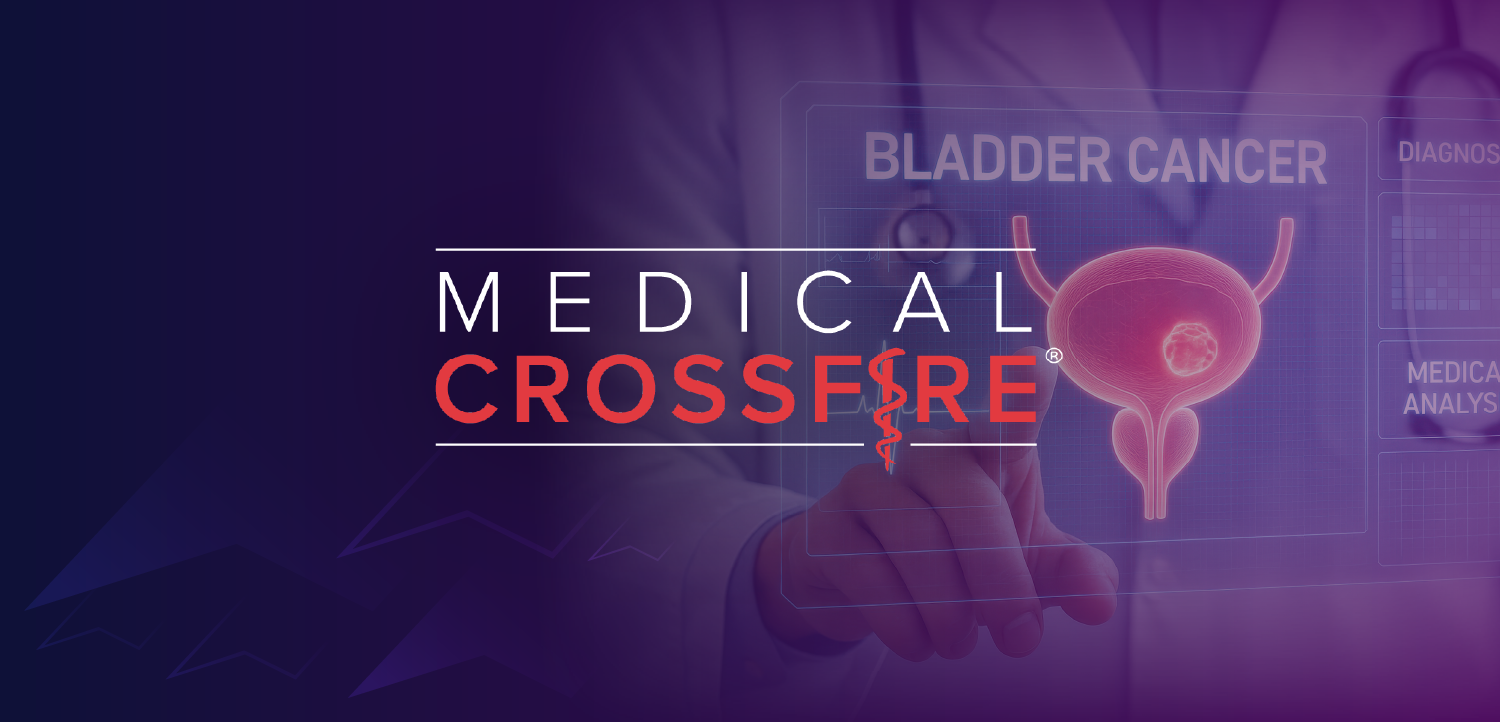
Rabies Rescue Protocol Fails in New Cases
ATLANTA -- A rabies-therapy protocol that saved an unvaccinated Wisconsin teenager from death in 2004 has not rescued two other youngsters, the CDC reported.
ATLANTA, April 20 -- A rabies-therapy protocol that saved an unvaccinated Wisconsin teenager from death in 2004 has not rescued two other youngsters, the CDC reported.
In one case, a 10-year-old Indiana girl died despite being given the so-called Wisconsin protocol treatment, after an apparent contact with a rapid bat. In the other, an 11-year-old California boy, a recent immigrant from the Philippines, died apparently as a result of a dog bite in his home country two years previously.
A third case, that of 16-year-old Zachary Jones of Humble, Tex., was not included in the report, although he also died in May 2006 after the failure of the Wisconsin approach. A CDC spokesman said the data on the case were received too late for inclusion.
The failures imply that the Wisconsin protocol must be started as early as possible in the disease course, CDC and outside experts said in the April 20 issue of Morbidity and Mortality Weekly Report.
They called for "enhanced clinical awareness" of rabies and suggested it should be included in the differential diagnosis of "any unexplained acute, rapidly progressive viral encephalitis."
The Wisconsin protocol was first tried in 2004 when Jeanna Giese, then 15, was admitted to a hospital with blurred vision, gait abnormalities, limb tremors, and slurred speech.
She had reportedly handled a bat, which bit her, leaving a 5- mm cut. She did not receive post-exposure prophylaxis and had not been vaccinated against rabies. Once rabies was confirmed, physicians placed her in a coma, using ketamine and midolazam (Versed). Antiviral therapy was undertaken with ribavirin and amantadine (Symmetrel).
Giese made a full recovery and now stands as the only documented case of a person surviving rabies who had not been vaccinated or been given post-exposure prophylaxis.
In the newly reported Indiana case, physicians began to suspect rabies several days after the onset of symptoms and three days after she was admitted to a hospital, on Oct. 7, 2006, when the primary care practitioner passed on the information that she might have been scratched or bitten several months earlier.
After rabies was confirmed, she was treated with phenobarbital, midazolam, ketamine, and amantadine, combined with aggressive supportive care. On the sixth day of hospitalization, ribavirin was administered intravenously, and coenzyme Q10, L-arginine, tetrahydrobiopterin, and vitamin C also were given to replenish neurotransmitter substrates.
The girl experienced a range of complications, the CDC report said, including increased intracranial pressure, bouts of diabetes insipidus, syndrome of inappropriate secretion of antidiuretic hormone (SIADH), reversible pancreatitis secondary to ribavirin, intracranial venous sinus thrombosis, and cerebral and cerebellar herniation.
The girl died on Nov. 2, after life support was withdrawn.
The rabies strain identified from her system was a variant associated with the silver-haired bat, Lasionycteris noctivagans, the CDC said.
In the California case, the boy was first treated by his pediatrician on Nov. 16, 2006, for sore throat, fatigue, and a fever of 101 F. That night, his parents took him to a local emergency department, with chest tightness, dysphagia, and insomnia.
Over the next few hours, the boy had irregular lip and mouth movements, hallucinations, and agitation, and clinicians noticed rabies-associated signs, including aerophobia, hydrophobia, profuse salivation, and copious oral secretions.
After the boy was transferred to a tertiary-care pediatric hospital, rabies antigens were detected on Nov. 18, and physicians gave him intravenous ribavirin and enteral amantidine, tetrahydrobiopterin, and coenzyme Q10.
Despite therapy, the boy's condition worsened and life support was withdrawn on Dec. 13.
While there was apparently no recent contact with a rabid animal, his siblings recalled that he had been bitten by a dog two years previously. The rabies gene sequences isolated from the boy were "similar to those of a canine rabies virus variant from the Philippines," the CDC report said.
While the incubation period for rabies is usually one to three months, the CDC report noted that longer periods have been documented.
It remains unclear why the protocol succeeded in one case and failed in others, according to Charles Rupprecht, Ph.D., chief of the CDC's rabies program.
But "we believe speed is of the essence," Dr. Rupprecht told reporters. Other possible factors include the strain of the virus and variations in the way the drugs are used, he said.
Newsletter
Enhance your clinical practice with the Patient Care newsletter, offering the latest evidence-based guidelines, diagnostic insights, and treatment strategies for primary care physicians.



















































































































































































































































































































